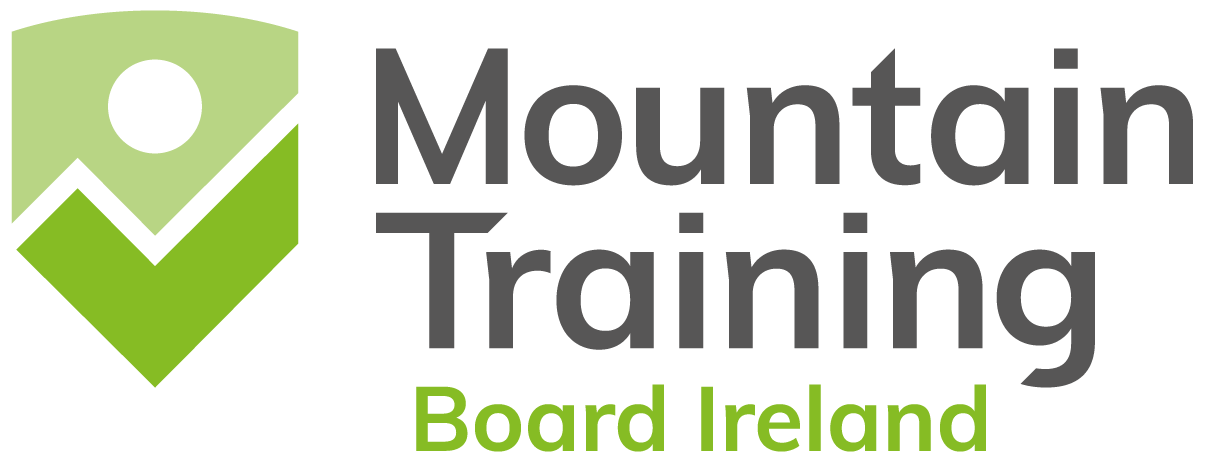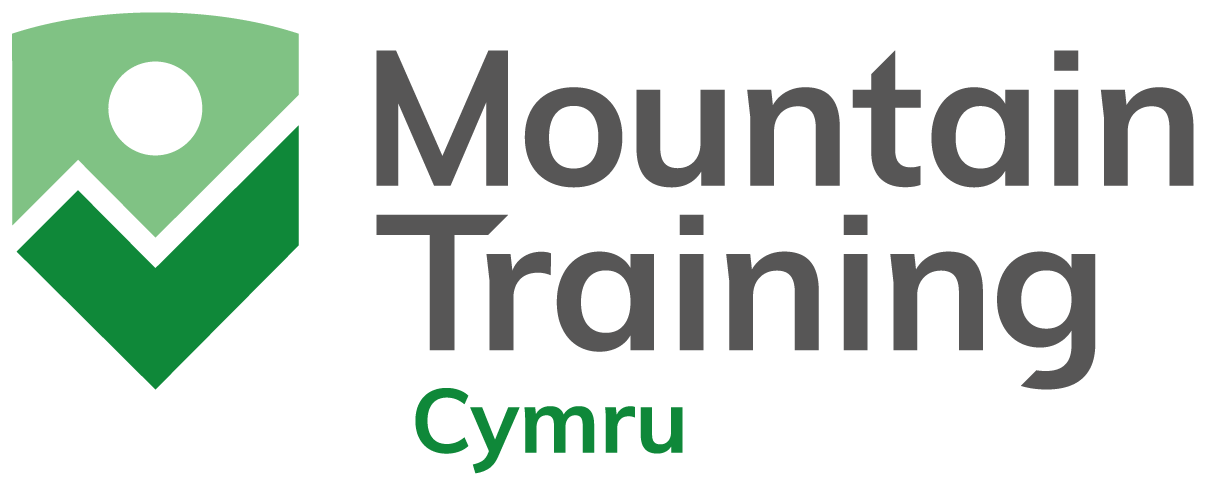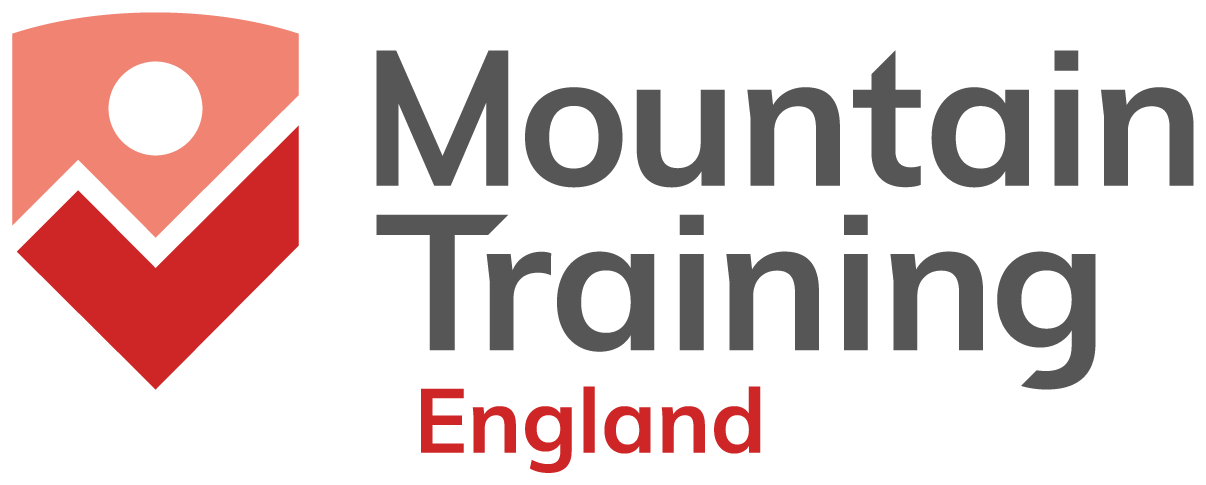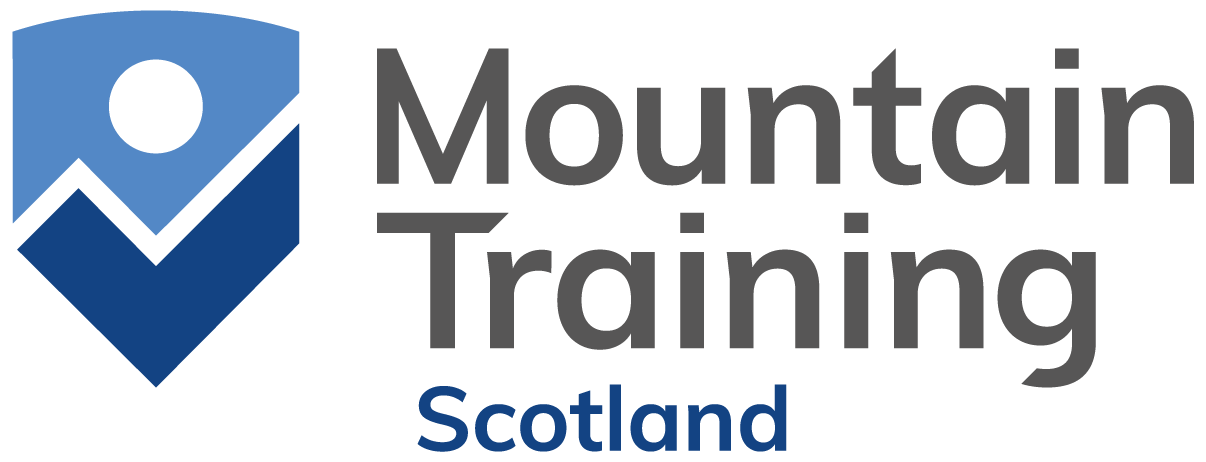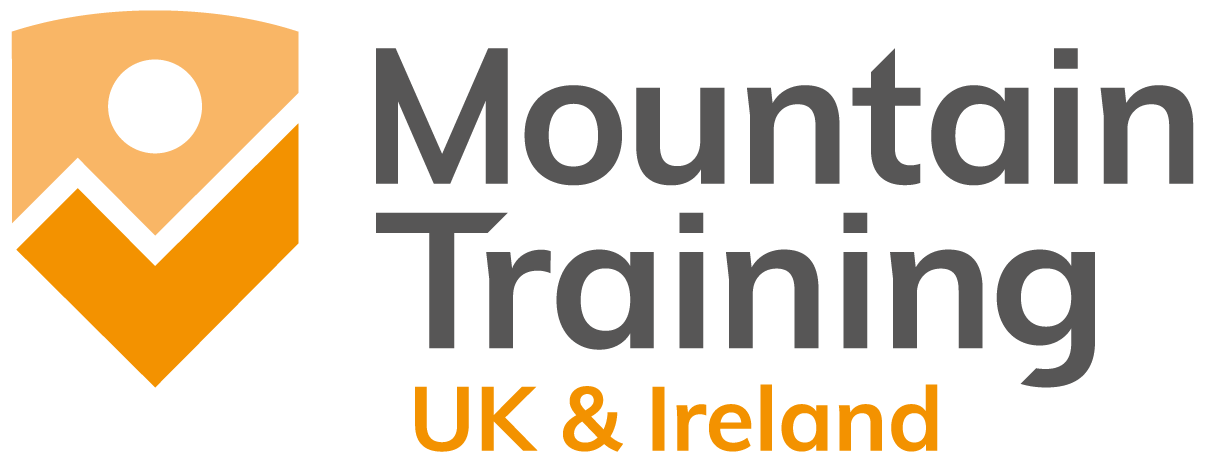Walking schemes review - syllabus amends
17.06.22For the last three years, we have been conducting a review of our walking qualifications in collaboration with key partners and stakeholders. As with all our scheme reviews, the aim was to identify whether the qualifications continue to be fit for purpose and meet the needs of the end users.
We are pleased to report that the review has found the walking leadership qualifications are fit for purpose, but it also highlighted the need to add detail to two syllabus sections for each scheme (Lowland Leader, Hill and Moorland Leader, Mountain Leader);
- Leadership and decision making
- Teaching and learning
The new leadership and decision making section is designed to provide more specific leadership competencies than currently exist and introduce Mountain Training’s leadership model. Leadership has always been at the heart of our walking qualifications and is something providers were already training and assessing. This update will support candidates to be the best leaders they can be.
The teaching and learning competencies are a result of the 2018 climbing schemes review which identified a need to clarify the teaching skills required of candidates. Three competencies have been added to the walking schemes compared to six in the climbing schemes, because the intention of the other three are covered by the new leadership competencies.
The updated candidate handbooks for Lowland Leader, Hill and Moorland Leader and Mountain Leader are now available on the relevant page. In addition, please find below the two new syllabus sections and guidance notes. Additional resources for our leadership model can be found here: Mountain Trainings leadership model
Leadership and decision making syllabus
[Lowland Leaders/Hill and Moorland Leaders/Mountain Leaders] have responsibilities as a group leader with regards to the care and safety of the group. This includes safety management, their own leadership behaviours and ethos as well as dealing with hazards and emergencies. They will be able to:
2.1 The Leader demonstrates adaptable leadership behaviours and decision-making.
2.1.1 Monitor the group, environmental conditions and activity, and can adapt their behaviours and decisions to meet ongoing safety, group and task requirements.
2.1.2 Be consistent and confident in their decision making to achieve positive outcomes and communicate these clearly to the group.
Vision – The leader is a positive role model and aims to inspire others.
2.3 Articulate clear and agreed values for their group; lead by example; and behave how they want the group to behave.
Support – The leader creates a positive and supportive environment for the group.
2.4 Recognise, respect and adapt to individual needs, differences, strengths and abilities.
2.5 Encourage independent learning; establish an environment where mistakes are seen as learning opportunities and provide clear and positive feedback to support this.
Challenge – The leader provides relevant and appropriately challenging experiences.
2.6 Agree group goals and calibrate the level of challenge to individual abilities and motivations.
2.7 Encourage and support the group and individuals to be part of the decision-making process and encourage them to solve their own problems.
The leader understands the Mountain Training ethos of leadership and has developed their own. They should be able to:
2.8 Articulate their own leadership ethos and beliefs along with those of Mountain Training.
2.9 Acknowledge and describe a range of leadership approaches, models and associated ethos.
Guidance notes
The leader needs to demonstrate the basic skills and decision making of adaptive leadership. They should have a well-researched plan for their group which incorporates factors such as the groups’ abilities and needs, the weather and ground conditions, as well as the location and intended route. What is most important is to match their leadership choices with the desired outcomes for the group.
In spite of the best made plans, things can and do change – be it the weather, the group, the equipment, or whatever. A good leader will notice, and be on the look out for, these changes before a problem arises and adapt their approach accordingly. For example: if there is more wind than forecast, then the route may need moving to lower or more sheltered ground.
There are seven components of leadership that contribute to the effectiveness of the leader:
- Leadership style: controlling versus non-controlling
- Decision-making: what informs this and how to make them
- Leader observations: what they should be and how to make them
- Leader communication skills: verbal and non-verbal, listening
- Experience and ability: how this influences decision-making
- Emotional intelligence: to support individuals
- Group management: techniques, styles and influences
Candidates should reflect on these when leading groups and seek to develop them over their career.
Underpinning the role of a leader are the values, beliefs, and ethos that shape every individual’s view of what leadership should be. All leaders tend to have preferred behaviours (leadership styles) that are heavily influenced by these and their personality traits. Leaders will need to adapt their preferred behaviour to an appropriate set of actions required to balance the needs of both the situation and the group.
The 'Vision, Support, Challenge’ model of transformational leadership provides a framework that leaders can use to plan, execute and review their leadership behaviours. In this way, groups who receive the right balance of the three categories can be encouraged to perform beyond their own expectations. Transformational leadership is a model of positive (INSPIRE) behaviours that leaders can use to promote the best outcomes for their groups:
- Inspire and motivate your followers with a unified vision
- Nurture an environment of team-focused goals
- Set the example you want to see in your followers
- Praise, and give constructive feedback to help your followers develop
- Insist on setting high standards, relative to each individual
- Recognise and respond to each individual’s needs
- Encourage followers to create and implement their own solutions
Leaders need to develop trust amongst their group. This requires an appropriate balance of consultation, empathy and instruction to engineer success. Effective leaders will, for example, adapt the way they communicate to best suit their group and will give different degrees of responsibility to groups of varying ability and experience.
Key practice points:
- Make sure your group is ready to receive instruction when you need to give it – gather them up and make sure they are all looking at you before you speak.
- Challenge by choice. Calibrating and establishing agreed goals is the art of good leadership. Too low and they will become disengaged, too high and you will lose their trust.
- Praise in public, give constructive criticism in private. Call people aside if you need to challenge their behaviour, unless it was directed at someone else.
- Explain your thinking. Followers have a right to know why you are telling them to do something; but retain your authority.
Teaching and learning skills syllabus
[Lowland Leaders/Hill and Moorland Leaders/Mountain Leaders] should be able to teach others and promote learning to ensure the safe enjoyment of hill walking. They should be able to;
8.1 Demonstrate an ability to adapt the teaching style to meet group needs.
8.2 Identify and use appropriate tasks to develop safe group activity.
8.3 Demonstrate an understanding of the reasons for evaluating a journey and success of the outcome.
Guidance notes
[Lowland Leaders/Hill and Moorland Leaders/Mountain Leaders] need to quickly create an environment of trust and confidence within their group so that participants feel relaxed and comfortable to tackle new and challenging activities. The walking environment can feel inhospitable at times and the activity and terrain can feel overwhelming to the uninitiated.
Age, ability, individual requirements, confidence and energy levels amongst the group will require different approaches to achieve success. Good communication skills are key. The ability to create rapport, communicate at an appropriate level, use positive language, provide a variety of demonstration techniques, check for understanding through skilled questioning and give useful feedback and encouragement to individuals are the foundations of effective teaching.
In addition to these communication skills, effective teaching requires leaders to be able to observe and assess participants’ abilities, confidence levels and group dynamics, adapting their approach accordingly.
Key practice points
- Develop a set of ‘lesson plans’ for teaching common tasks such as packing for an expedition.
- Consider how you might teach a particular skill in a very direct, instructional style and how you would teach the same skill in a student-centred way. What might be the pros and cons of each?
- Consider how you might change your approach in challenging weather.
